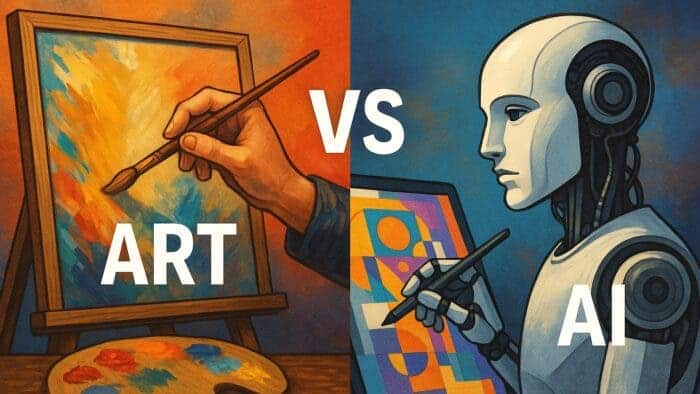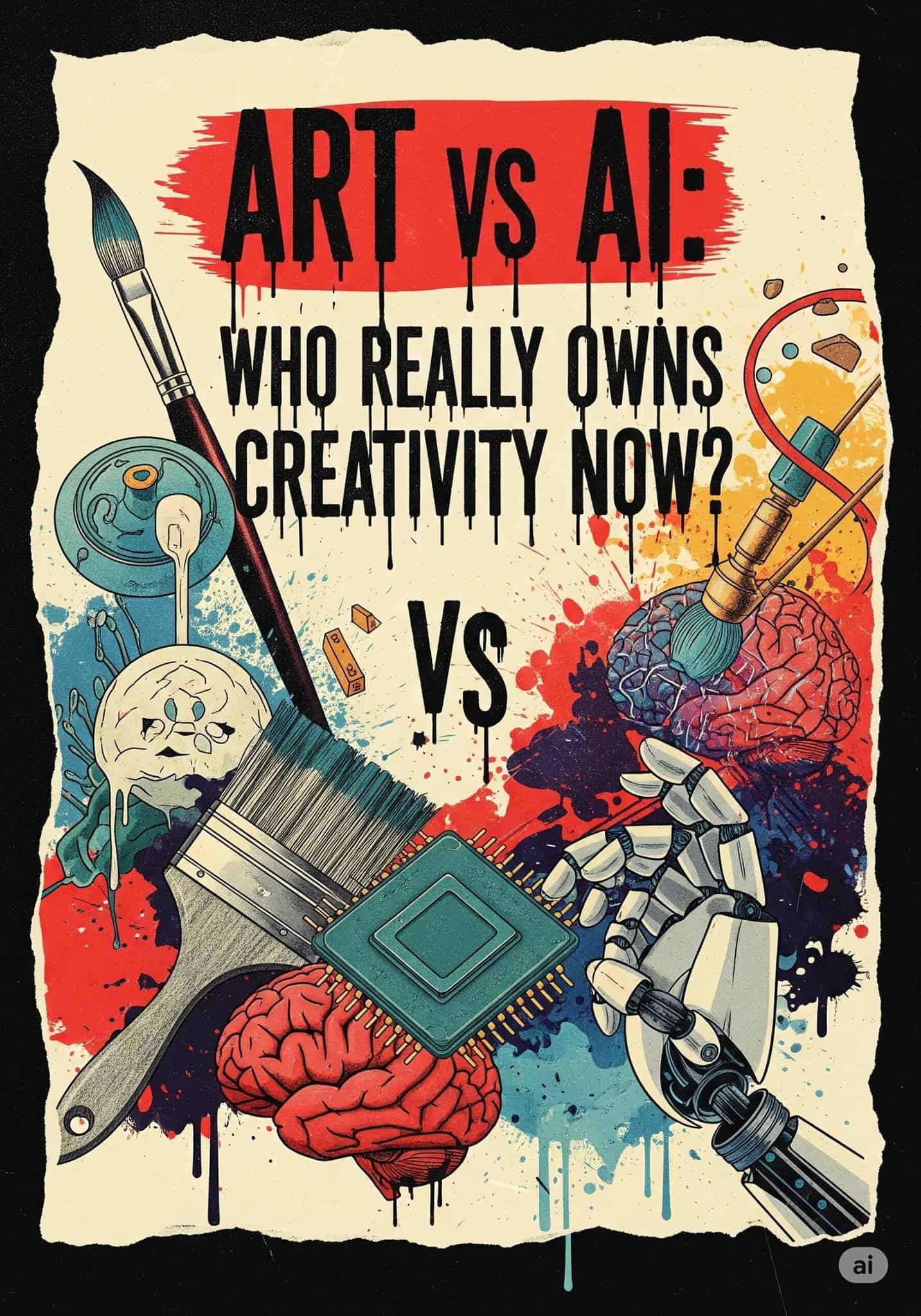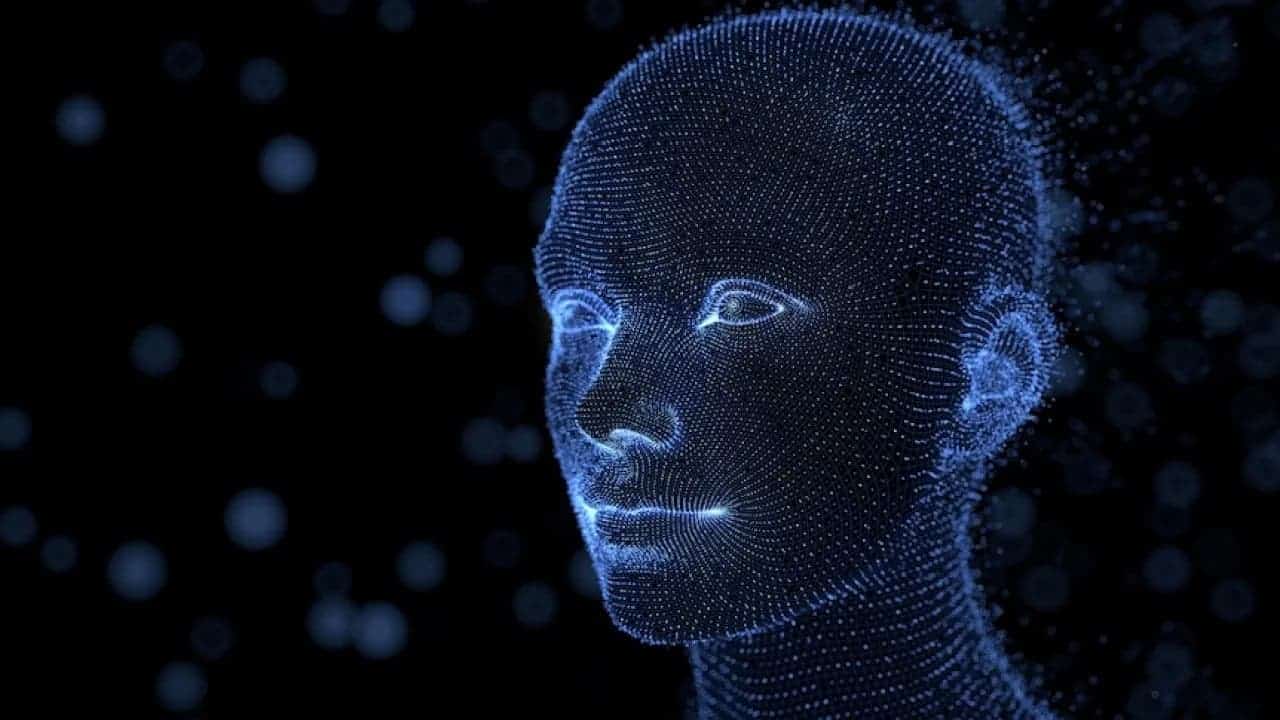Editorial
Is AI Killing Human Creativity or Just Changing It?
Abdullah Mustapha
July 12, 2025

Art used to be sacred. Personal. Risky. Someone’s midnight obsession or lifelong heartbreak poured into a canvas, a verse, a riff. Now, you can prompt it. Type a few words — “dreamy synthwave city at night,” and out comes something eerily good. Sometimes great. Almost always.
Art vs AI: Who Really Owns Creativity Now?

Welcome to the era of AI-powered creativity, where machines can write poetry, compose symphonies, and generate images faster than a human can blink. And we’re all supposed to be excited. Except — not everyone is clapping.
Artists, writers, musicians, and other creatives are staring down a weird existential fork in the road. On one hand, AI is a tool — powerful, fast, accessible. It can help brainstorm ideas, overcome creative blocks, generate mockups. That’s useful. No one denies it. But on the other hand? It’s already replacing people.
Why pay a freelancer when an AI can write your slogan in five seconds? Why commission an illustrator when an app can copy their entire style for free?
Suddenly, the line between inspiration and theft is thinner than ever. And no one seems to know where ethics stop and convenience begins.
What’s worse — this new wave of AI art feels like art. It imitates tone, structure, color theory. But something’s missing. Intention? Emotion? The messy, unmarketable soul of creation?
Maybe we’ve become too obsessed with perfection. AI never fumbles. It doesn’t have anxiety. It won’t spend four hours questioning a color palette or rewriting the same line twenty times. But that’s what makes human-made art feel alive — the imperfections.
The New Creativity Crisis: When Machines Make the Art

And here’s the plot twist: many of the creatives we admire are using AI too.
It’s not all villains vs victims. Some writers use language models to shape narratives. Musicians are experimenting with AI-generated melodies. Designers use it to test variations. It’s collaborative. Like Photoshop. Like spellcheck.
Read Also: Why Screen Time is the Wrong Metric in the Age of AI
So maybe the question isn’t “Is AI art real art?” Maybe the better one is: What does creativity look like when everyone becomes a curator instead of a creator?
Are we heading toward a world where the best skill is knowing how to prompt the right thing, rather than make it from scratch? That’s not inherently bad. But it’s a shift worth watching.
As AI floods the creative world, we may need to rethink what originality really means. Is it the first person to write a poem? Or the first person to train a machine to write a better one?
For now, real creativity — the kind that risks failure, bleeds honesty, and surprises even the person making it — still belongs to humans. But the line is moving. Fast.
And if we don’t stop and ask who owns the soul of art, we might wake up one day and realize we gave it away — not because we had to, but because it was easier that way.
Because the truth is, art was never supposed to be easy. It’s not efficient. It’s not optimized. And it’s clumsy and slow and sometimes pointless — and that’s exactly why it matters. In a world where machines can generate beauty on command, human creativity might become less about impressing and more about revealing: showing the flaws, the contradictions, the parts that don’t fit into a prompt. Maybe that’s the one thing AI can’t replicate — the art of being unapologetically human.
Disclaimer: We may be compensated by some of the companies whose products we talk about, but our articles and reviews are always our honest opinions. For more details, you can check out our editorial guidelines and learn about how we use affiliate links.Follow Gizchina.com on Google News for news and updates in the technology sector.